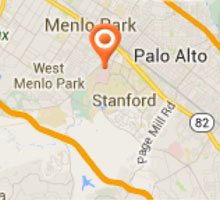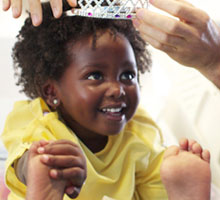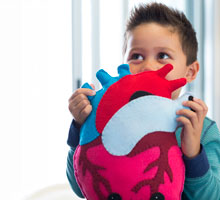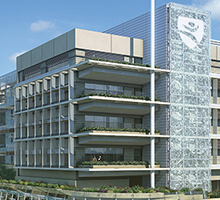Repairing the Heart: Unifocalization
In this interactive 3-D animation, our doctors compare a healthy heart to one with a complex congenital condition called tetralogy of Fallot with pulmonary atresia and major aortopulmonary collateral arteries (MAPCAs). They also guide you through the innovative repair technique, called unifocalization, which involves rebuilding the blood vessel connection between the heart and lungs, usually in just one surgery.
Instructions
- Download and install the Unity Web Player in less than a minute.
- Increase the volume to make sure you can hear the audio.
- For best results, view the animation on a desktop computer using Internet Explorer, Safari or Firefox browsers. It may take a few minutes to load if you are using a slow internet connection.
The full interactive version of the animation is not yet available on mobile or tablet devices, but the videos below show all the information about the condition and treatment. Access the interactive version on a desktop computer.
Chapter 1: The Circulatory System
An overview of how the heart and lungs work together.
Chapter 2: The Impaired Heart
A comprehensive visual explanation of tetralogy of Fallot with pulmonary atresia and major aortopulmonary collateral arteries (MAPCAs).
Chapter 3: The Surgical Repair
An interactive simulation of the unifocalization procedure, in which you will rebuild the blood vessel connection between the heart and lungs.
Our Services
Call us at (844) 822-2333 to learn more about our Heart Center services and internationally recognized team.
Share your feedback or suggestions about the animation with us by e-mailing hello@stanfordchildrens.org.
"Repairing the Heart: Unifocalization" is the first of the Moving Medicine series by Stanford Children's Health, which will provide patient families an in-depth understanding of complex conditions and treatments through interactive 3-D animations.






























